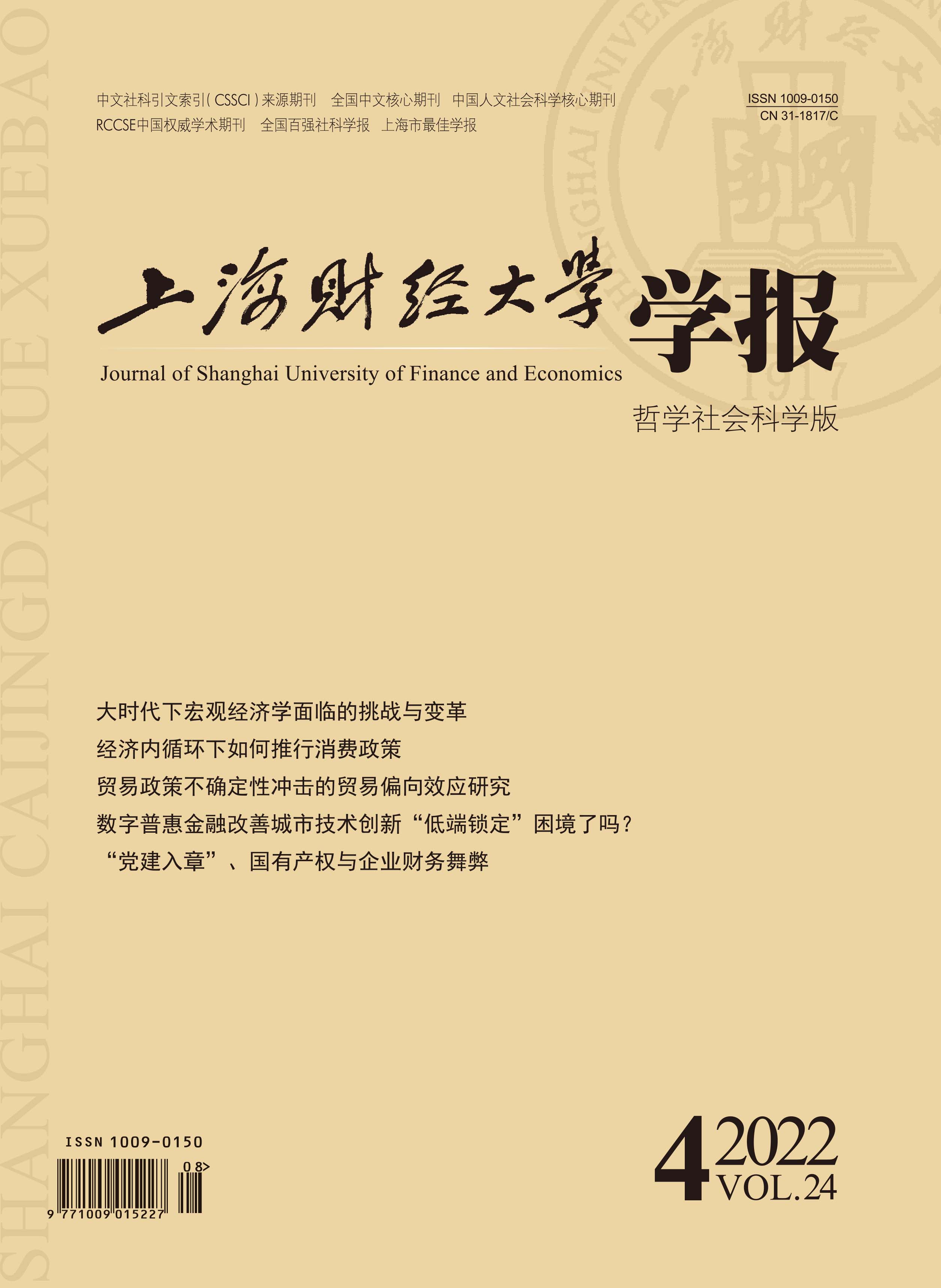An important basis for promoting the development strategy of economic internal circulation is to enhance domestic demand. Accordingly, the consumption policy should focus on the following progressive goals: avoiding economic recession; promoting sustained economic growth; improving the level of happiness; building a better society. In order to achieve these four goals effectively, the consumption policy should not only focus on improving the total amount of consumption, but also pay attention to and optimize the structure of consumption. Accordingly, in order to optimize the consumption structure, it is necessary to introduce active supply-side management in which the government plays an active role, but not simply resort to the demand-side management dominated by the market mechanism. The reason is that supply-side management fundamentally follows the utility principle rather than the profit principle.
Meanwhile, the profit principle and the utility principle typically reflect the different decisions of private sectors and the public sectors, and then reflected in the production of private goods and public goods. Furthermore, public sectors often need subsidies to sustain by taxing private sectors, since they often suffer losses when they provide public goods needed by the public based on the utility principle rather than the profit principle. In this sense, the modern society needs to enhance the ability of public sectors to provide public goods through the cumulative income tax, so as to better meet the needs of the public and alleviate the main contradiction of the current society. Obviously, the utility principle of supply-side management points out the directional measures for the current consumption policy and broader economic policy.
Finally, from the history of economic theory, supply-side management can be traced back to classical economics. For example, the concept of effective demand put forward by Smith reflects the perspective of supply side, which can make full use of social technology and productivity and meet the needs of the public, so as to better realize the effective allocation of resources and the maximization of social utility. From this point of view, the basic premise of Say’s Law is that the products created can really meet the needs of the public. On the contrary, when the product production based on the income principle of private manufacturers is divorced from the real needs of the public, it will continually give birth to a large-scale economic crisis. Thus, we can find that the Austrian School on the one hand inherits the supply-side thinking of classical economics and pays attention to social division of labor and technological innovation, on the other hand obviously ignores the basic premise and underlying implication of Say’s Law.





 5499
5499  6077
6077

